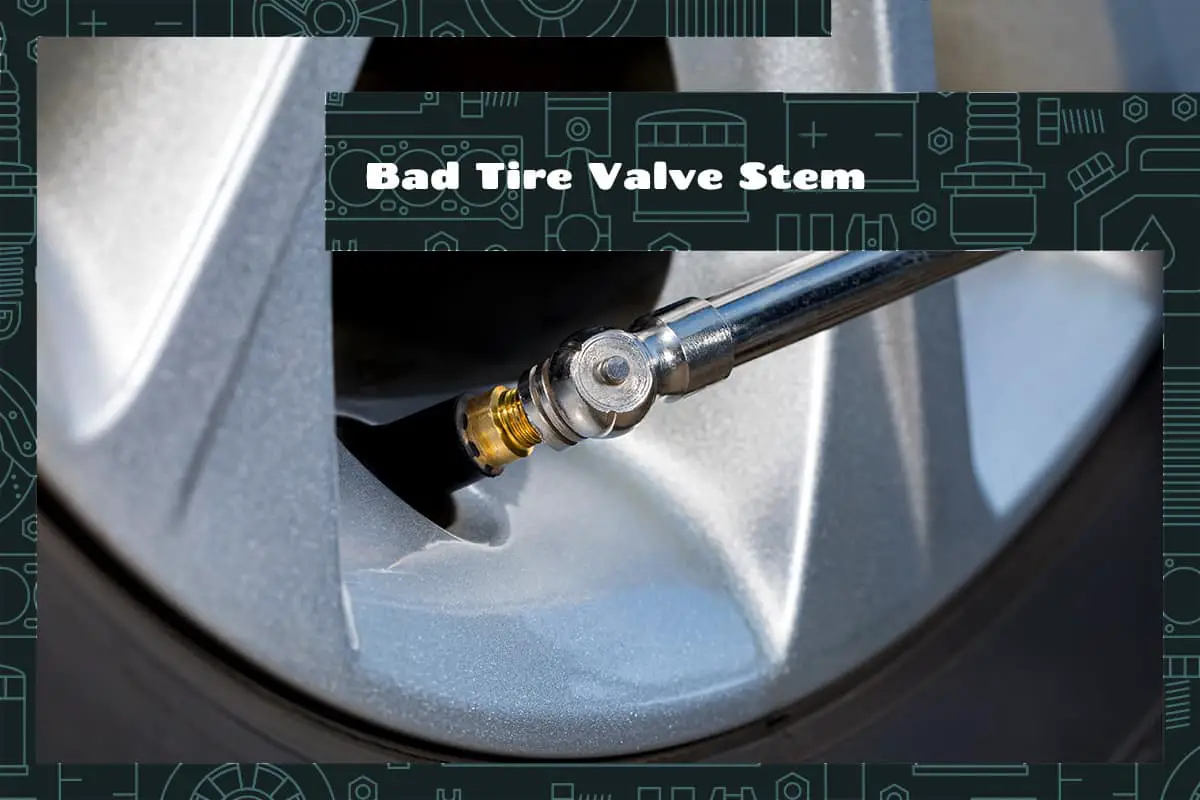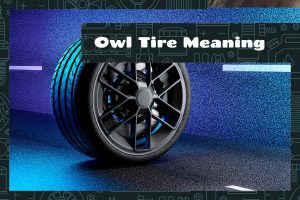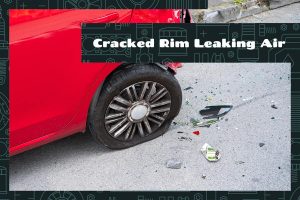Wheels get all sorts of love from car owners, but one part not many people pay attention to is the tire valve stem. It plays a crucial role in maintaining proper tire pressure and, by extension, your vehicle’s overall performance and safety. When these valve stems malfunction, the consequences can range from annoying to hazardous.
A tire valve stem is a small, typically metal component found in a vehicle’s tire. It’s responsible for maintaining the correct tire pressure by allowing inflation and deflation. When a valve stem goes bad, it can lead to consistent air pressure loss, ultimately leading to poor tire performance or even failure.
In this comprehensive guide, we will delve into the ins and outs of a bad tire valve stem. We will discuss how to identify a faulty valve stem, its possible causes, and corrective measures.
Tire Valve Stems 101
The valve stems, though small, play a pivotal role in the tire’s performance and, by extension, your vehicle’s efficiency.
What is a Tire Valve Stem?
The tire valve stem is a small component that you will find protruding from your tire. It’s usually constructed of metal or high-quality rubber and might seem unimportant. However, it plays a critical role in the health of your tires. The valve stem allows the user to inflate or deflate the tire, thus controlling the tire pressure. The stem incorporates a valve which ensures air can only flow into the tire and not escape, thereby maintaining the correct pressure.
The functionality of Tire Valve Stems
A tire valve stem consists of several components, including the valve body, valve core, cap, and seal.
The valve body is the outer component of the stem that holds everything together. Inside the body, you’ll find the valve core. This part is the gatekeeper that lets air in when you’re inflating the tire and prevents it from escaping afterward.
A valve cap on the top of the valve body provides an extra layer of security, protecting the valve core from dust, debris, and damage. The seal, often a rubber ring at the base of the stem, ensures an airtight connection between the valve stem and the tire.
Identifying a Bad Tire Valve Stem
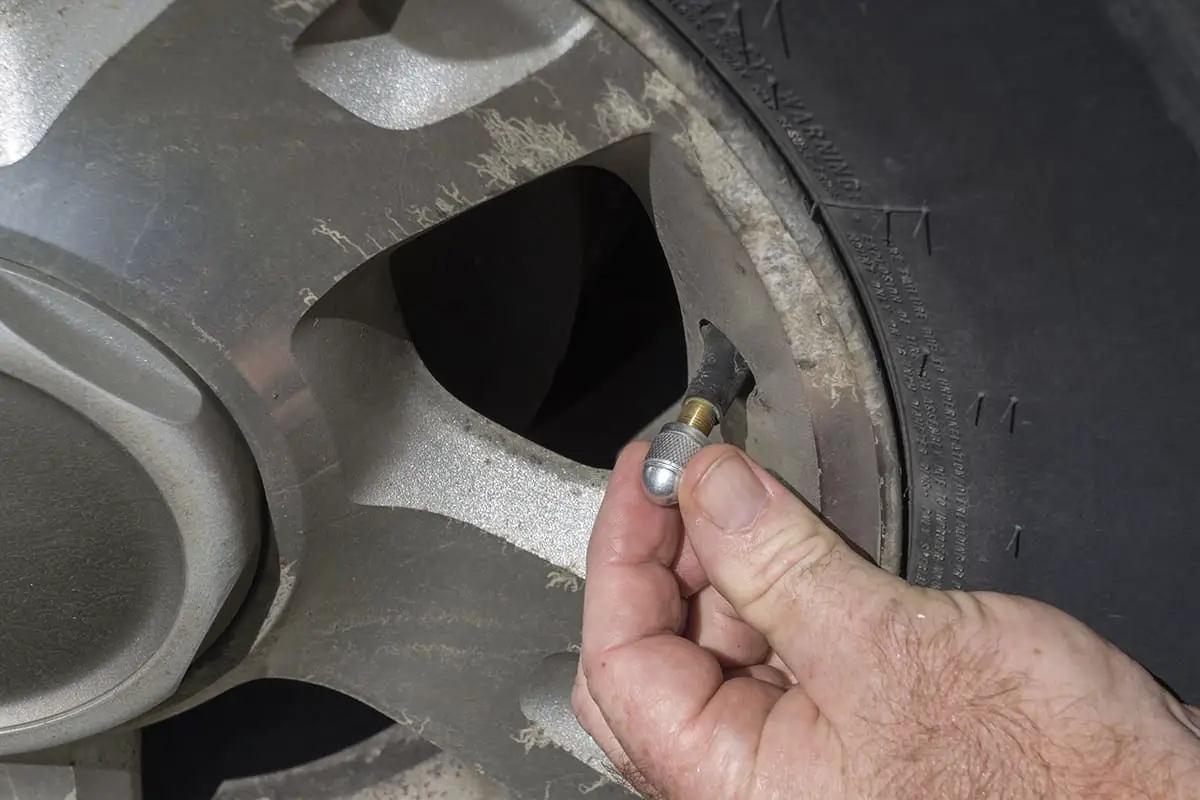
A compromised valve stem can lead to a consistent loss of tire pressure, impact the overall performance of your vehicle, and can even result in a dangerous blowout if left unattended.
Common Symptoms of a Bad Valve Stem
The most obvious symptom of a bad tire valve stem is a consistent loss of tire pressure. If you find yourself having to inflate your tires more frequently than usual, this could be a sign of a leaking valve stem.
Additionally, visual inspections can often reveal issues with the valve stem. Look for signs of wear and tear, such as cracks or corrosion. Even small nicks or cuts in the rubber can lead to slow leaks.
Furthermore, if you see a pool of air forming under your car while it’s parked or hear a faint hissing sound when you get close to the tire, these are signs that air is escaping, likely due to a bad valve stem.
How Tire Pressure Monitoring Systems Can Detect Valve Stem Issues
Many modern vehicles are equipped with a Tire Pressure Monitoring System (TPMS). This system uses sensors, either in the wheel or on the valve stem itself, to monitor tire pressure.
If the TPMS warning light on your dashboard illuminates, it means that one or more of your tires have significantly low pressure. While there could be multiple reasons for this, a leaking valve stem is one possible cause. Regular TPMS alerts, especially in the absence of other obvious issues like punctures, are a good indication that the valve stem could be at fault.
Causes of Tire Valve Stem Failure
Tire valve stem failure can lead to unnecessary tire problems and affect your overall driving experience. Know what can cause such failures can help you figure out what corrective steps to take.
1. Aging and Wear
Everything ages with time, and tire valve stems are no exception. With prolonged use, the rubber part of the valve stem can become dry and brittle, leading to cracks and leaks. Similarly, the metal components can corrode over time, especially in areas with harsh weather conditions or high road salt use.
2. Damage from Road Debris
Driving over sharp objects or debris can damage your tires, and the valve stems. Even small punctures or nicks in the valve stem can lead to slow air leaks. If the valve stem becomes severely damaged or bent, it may fail completely.
3. Improper Installation or Service
If a valve stem is improperly installed during a tire change, it can lead to failure. Over-tightening the valve stem can cause the rubber to deform and lead to leaks. Similarly, if the hole in the rim where the valve stem is mounted isn’t smooth or clean, it can cause the stem to wear prematurely.
4. Heat and Pressure
Extreme heat, often caused by harsh summer temperatures or consistent high-speed driving, can deteriorate the valve stem over time. High tire pressures can also put additional strain on the valve stem, leading to potential failure.
5. Chemical Exposure
Exposure to chemicals, whether from harsh cleaning products, automotive fluids, or environmental pollutants, can degrade the materials of the valve stem. For example, petroleum-based products can cause the rubber components of a valve stem to break down.
6. Missing Valve Cap
The valve cap protects the valve core from dust, debris, and damage. A missing or damaged valve cap can expose the valve core to the elements, leading to potential leaks.
Fixing a Bad Tire Valve Stem
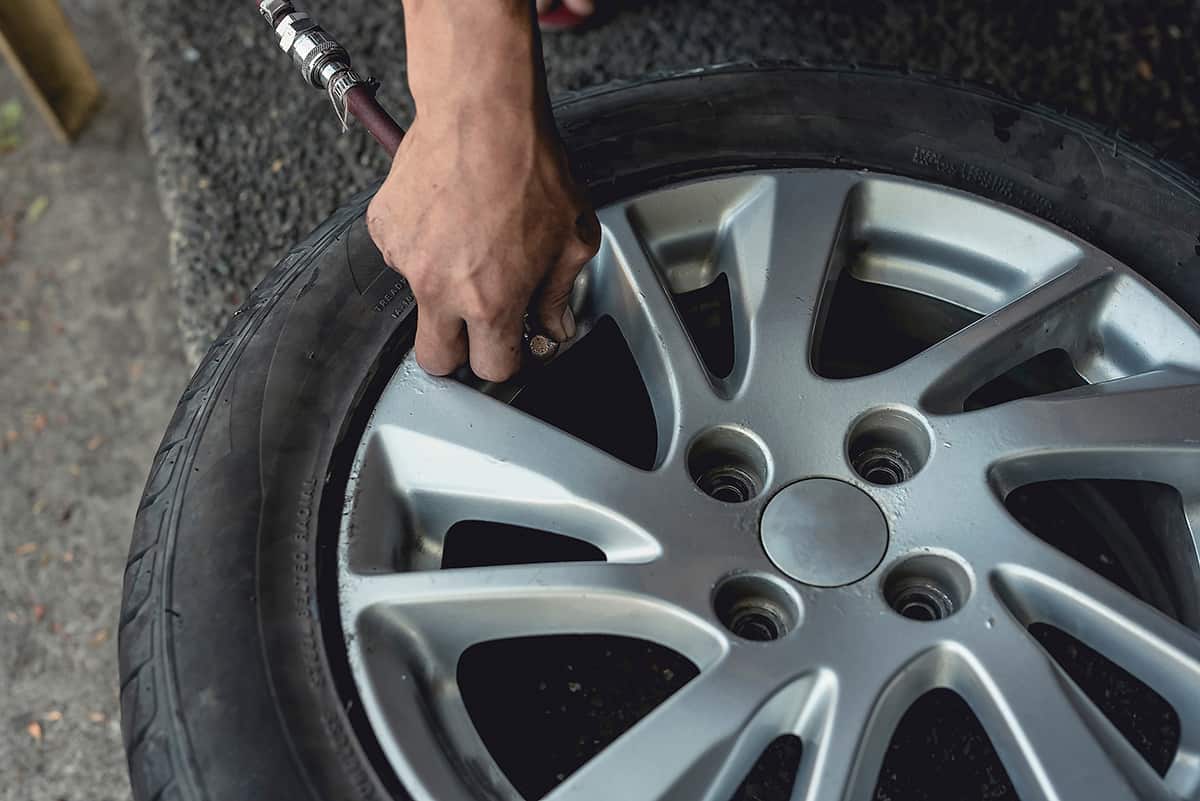
The following sections explore how one can fix a bad tire valve stem, the tools needed, and when to consider professional help.
1. DIY Valve Stem Replacement
In certain circumstances, replacing a bad valve stem can be a DIY job, particularly for those who are comfortable with basic car maintenance tasks. Here are the general steps:
- Purchase a Replacement Valve Stem: Ensure you get the correct type (Schrader or Presta) and size for your tire.
- Remove the Tire: Using a car jack, raise your vehicle off the ground and remove the wheel with the faulty valve stem.
- Deflate the Tire: Remove the valve cap, and using a valve core removal tool, unscrew the valve core to let out all the air.
- Remove the Old Valve Stem: Push the old valve stem into the tire. You might need a pair of pliers to do this.
- Install the New Valve Stem: From the inside of the tire, push the new valve stem through the hole. Pull it firmly from the outside until it’s properly seated.
- Reinflate the Tire: Screw the valve core back into the new stem using the removal tool. Then, reinflate the tire to the correct pressure.
- Reinstall the Tire: Put the wheel back onto your vehicle, ensuring all lug nuts are properly tightened.
2. Using a Valve Stem Repair Kit
For minor leaks, particularly around the base of the valve stem, a repair kit may be all you need. These kits generally include a valve core tool and several rubber seals. Replacing the old seal with a new one from the kit can often stop small leaks.
When to Consider Professional Help
While some may feel comfortable replacing a valve stem at home, there are situations when professional help is the best course of action:
- TPMS Sensors: Cars with TPMS often have sensors located in the valve stem. Tampering with these systems without the right knowledge or tools can lead to damage and malfunction.
- Severe Damage: If the valve stem is severely damaged or the tire continually loses pressure even after replacement, it might be a sign of a more serious issue, such as a damaged rim or tire.
- Comfort Level: Ultimately, if you’re not comfortable performing this kind of maintenance on your own, it’s always best to take your vehicle to a professional.
